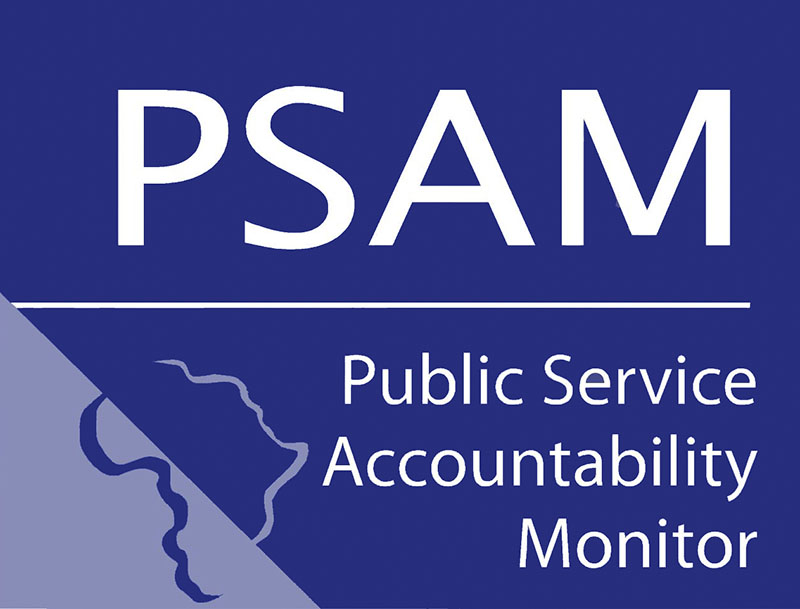On 30 of March 2017, the Makana Municipality had a Special Council Meeting, among other reasons to consider the Integrated Development Plan (IDP) (2017-2022) and the 2017/18 draft Budget. The Chief Financial Officer (CFO), who is responsible for aligning the IDP with the budget, confirmed that the IDP is aligned to the Budget.
What is an IDP? What is a municipal budget? And what does alignment mean?
An IDP is developmentally orientated planning document given effect by chapter 5 of the Municipal Systems Act (MSA) of 2000. The IDP is a process of consultation, participation and information sharing at municipal level for a five-year period. It outlines the time frames of scheduled development activities, and co-ordinate structures and resources involved in the processes. It addresses the municipal budget and more.
A Municipal Budget is the financial expression of the municipal plans and policies that will be implemented in a financial year (i.e. 2017/18 in Makana Municipality). The budget process involves the municipality planning, collaborating, negotiating and deciding together on a comprehensive plan for spending money over an agreed period (2017/18 Financial Year in Makana Municipality).
Is the IDP aligned to the Budget?
The IDP (2017-2022) reflects the current socio-economic situation in the Makana Municipality. The 2017/18 draft Budget complies with the Municipal Finance Management Act (MFMA) and its regulations.
However, I argue that the IDP is not aligned to the draft Budget 2017/18. The IDP developers may differ with me due to our different understanding of the concept ‘align’.
In the context of IDP and budget, my understanding of the term is that the IDP is only aligned or corresponds with the Budget when the IDP developers incorporated the latest socio-economic needs of Makana residents, so that the Municipality can deliver on these needs in the year 2017/18.
Throughout of the IDP document, there is heavy reliance on the 2006 -2011 statistics for information as opposed to the latest 2016 statistics. This misleads the drafting of a budget that reflects the present socio-economic needs of the Makana communities.
The importance of citing the latest statistics (i.e. 2016) is that the IDP reflects the latest socio-economic needs of Makana residents. The challenge of citing old and outdated statistics in early 2017 is that it misleads the budget development for 2017/18 by under budgeting for socio-economic needs that have increased between 2011 and 2016/17 including the population of Makana Municipality which stands at 82.060 according to Statistics South Africa 2016.
The reliance on old and outdated statistics for information also questions the regular performance and capacity of officials responsible for the IDP management.
The production of an IDP is a collective effort from the municipal staff, communities, and civil society. The municipal staff are involved in the following roles: The Municipal Manager (MM) prepares, decides and monitors the IDP process; the IDP Manager deals with the day to day management of the IDP process; the CFO and the IDP Steering Committee aligns IDP with Budget.
The state of the current IDP suggests that the IDP Manager is not daily managing the IDP process unless ‘day to day management’ does not involve updating information in the IDP document.
Moreover, the role of communities is to correctly identify their socio-economic needs. The IDP and Budget Roadshows planned by the municipality from 3 -17 April 2017 will assist in verifying the socio-economic needs of the Makana communities as opposed to the exaggerated figures indicated in the current IDP document according to Makana Municipality Wards.
Moreover, civil society also has a responsibility to give input, monitor, analyse the IDP development and alignment to the Budget, and to ensure that the budget is spent in an accountable manner.
Post the IDP and Budget Roadshow, the Public looks forward to reading an updated, improved IDP that will assist in refining the 2017/18 Budget projections.
What role does the Municpal Infrastructure Grant (MIG) play in the cash-strapped Makana Municipality?
The Municipal Infrastructure Grant (MIG) is a conditional grant from the national government that goes to local government for maintaining and improving municipal infrastructure. The Municipal Finance Governance (MFG) programme of the Eastern Cape Provincial Treasury monitors the MIG expenditure, because it affects the allocation of resources from the National Fiscus.
Within the Makana Municipality jurisdiction, it is widely known that Makana Municipality has ageing infrastructure.
In the 2015/16 financial year, the Municipality was allocated their portion of the MIG to maintain and improve their infrastructure.
Has the Municipality appropriately spent their MIG on its infrastructure? What was prioritised in the spending?
It was definitely not roads because the results are not positively showing. If the MIG allocations for 2015/16 financial year were appropriately and fully spent, this guarantees to National and Provincial Treasuries that Makana Municipality is needy and deserves to be allocated MIG from the National-Provincial Budget for the 2017/18 financial year.
If the MIG for 2015/16 financial year was inappropriately spent, the Eastern Cape Provincial Treasury makes proposals for rescheduling of the unspent grants to fund needy municipalities.
Can the financially needy Makana Municipality afford to inappropriately spend their MIG? Can they afford to have the balance of their MIG taken and given to other needy municipalities?
* Lungile Penxa is the Local Government Researcher with the Public Service Accountability Monitor



